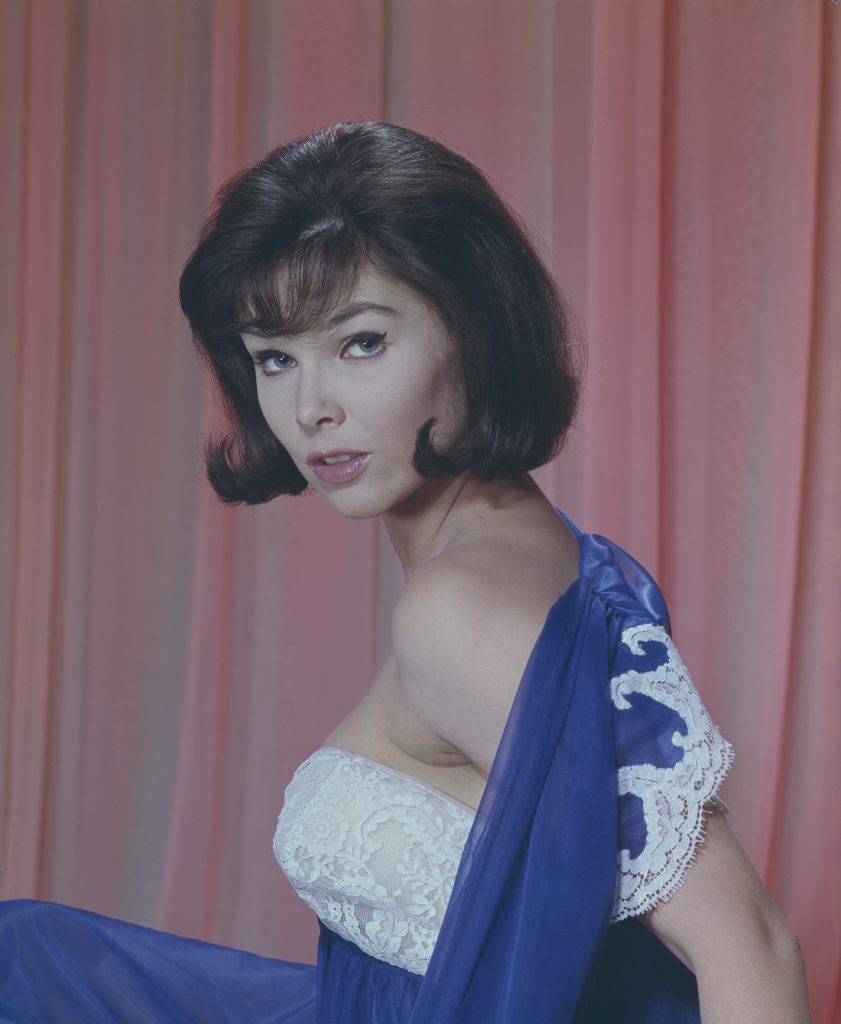In 1967, television got its first taste of a female superhero who didn’t wait in the shadows. When Yvonne Craig burst onto the screen as Batgirl in the third season of
Batman, she wasn’t just a supporting player — she was a revolution wrapped in purple spandex. At a time when most women on television were relegated to the roles of secretaries, girlfriends, or background accessories, Craig shattered expectations simply by showing up, throwing a kick, and standing shoulder-to-shoulder with Gotham’s caped crusaders.
For the producers of the show, Batgirl was initially a ratings experiment. The series was losing steam by its third season, and executives wanted a fresh hook to capture attention, especially among younger viewers. They imagined Batgirl as a colorful, attractive addition — a fun distraction, perhaps a bit of “eye candy” to keep audiences tuning in. But Yvonne Craig had no intention of playing a decoration. She understood the opportunity before her, and she seized it with charisma, athleticism, and a sense of authority that no one could ignore. A professionally trained ballet dancer, Craig was no stranger to discipline, balance, and performance. She used her dance background to bring precision and agility to the role, executing her own stunts with grace and flair. Fight scenes that could have looked clumsy or cartoonish suddenly became sharp and stylish under her watch.
She also reimagined Barbara Gordon — Batgirl’s alter ego — as more than just a librarian in glasses. She played her with intelligence, wit, and independence, refusing to let the character fade into the background of Batman and Robin’s adventures. This wasn’t a damsel in distress waiting for rescue. This was a woman who rescued others, often literally saving Gotham’s most famous male heroes when they were trapped, tied up, or outnumbered. And she did it while riding a motorcycle, in heels, and without ever breaking a sweat. For young girls watching at home, this was groundbreaking. They were witnessing, many for the first time, a superhero they could actually see themselves in.

Ironically, Yvonne Craig hadn’t even auditioned for the part. She was spotted by producers after performing live, flipping and tumbling across a stage like a gymnast. There was something electrifying about her presence — a mix of physical control and magnetic energy. A quick screen test sealed the deal. The moment she appeared in costume, with her glittering cowl and flowing red wig, the Batgirl legend was born.
Her debut episode, “Enter Batgirl, Exit Penguin,” was unlike anything the show had seen before. In one fell swoop, Batgirl captured criminals, bantered effortlessly with Batman and Robin, and introduced herself to Gotham not as a sidekick, but as an equal. For boys, she was thrilling to watch. For girls, she was a revelation. Until then, superheroes on television had been almost exclusively male, but now here was a woman taking the spotlight with confidence and strength. She wasn’t apologizing for her power. She wasn’t waiting for permission. She was simply doing the job — and doing it better than anyone expected.
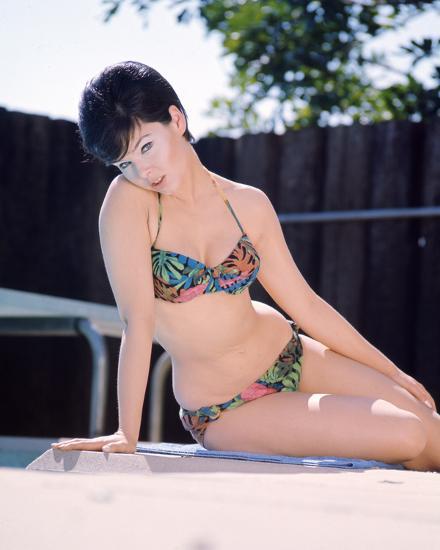
Off-screen, Yvonne Craig’s story was equally inspiring. Hollywood in the 1960s was far from welcoming to women who wanted more than ornamental roles. Yet Craig pushed against the limitations placed on her. She spoke openly about equal pay, at a time when it was considered almost taboo for women in the industry to demand fairness. She didn’t shrink from interviews when asked about the struggles of being a woman in Hollywood — instead, she used the platform to challenge the very system that underestimated her. Later in life, Craig would continue this advocacy, using her fame to promote women’s rights, education, and public health initiatives. She lent her voice to causes that mattered, proving that she wasn’t just playing a hero for the camera. She was one in real life.
Her activism extended into unexpected areas, too. In the 1980s and 1990s, she worked with organizations to promote cancer prevention, health awareness, and even literacy. She recognized that the influence she had from her time as Batgirl could still inspire new generations, not just through entertainment, but through practical change. For Craig, being a public figure meant responsibility, and she wore it with the same confidence as her purple cape.
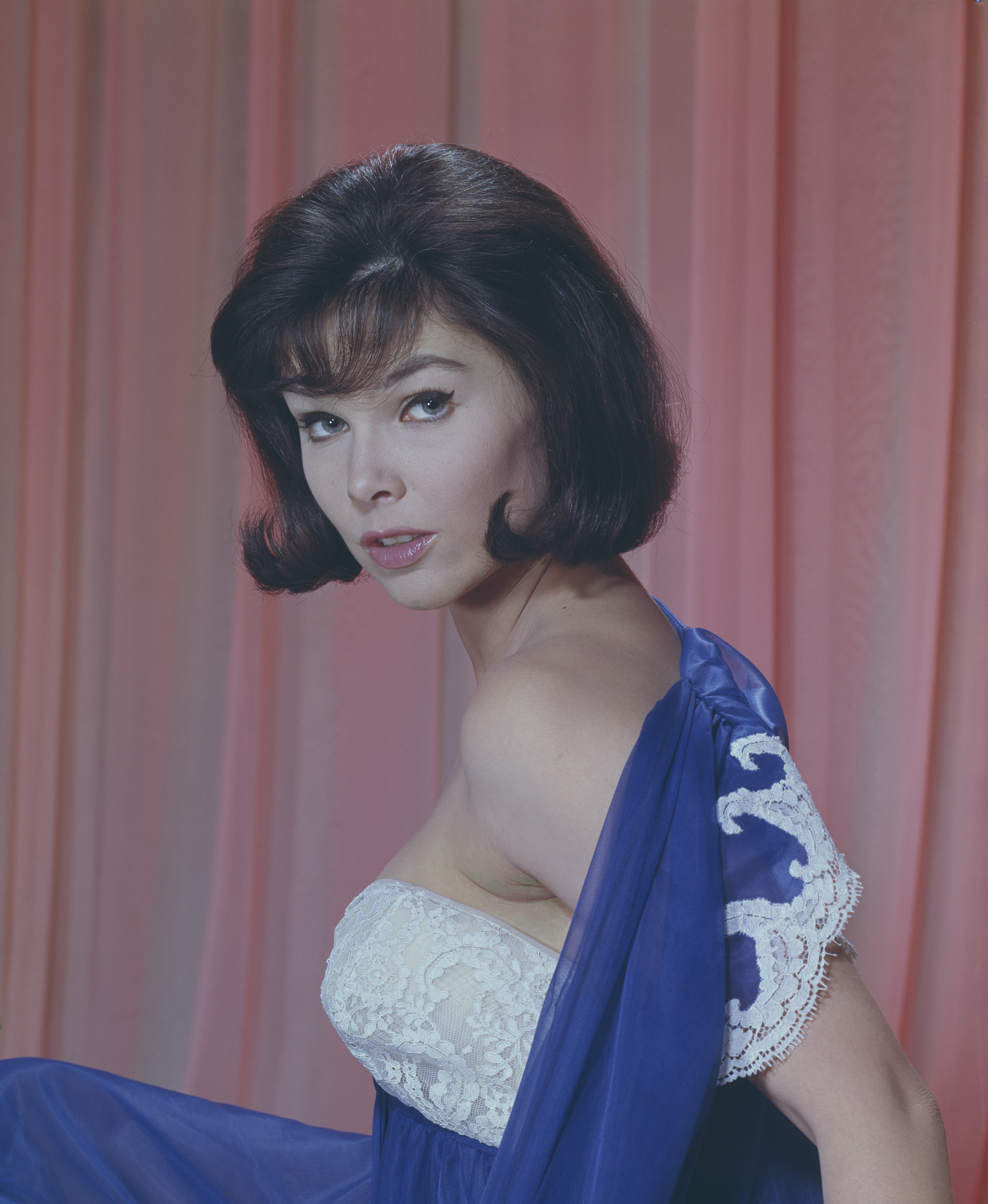
Though her time as Batgirl was brief — only one season before Batman was cancelled — its cultural impact was massive. The character resonated far beyond the campy sets and colorful villains of the show. Batgirl became a symbol of possibility, proof that young girls didn’t have to just watch superheroes from the sidelines. They could imagine themselves in the fight, delivering punches, cracking jokes, and saving the day. Decades later, countless female superheroes on television and film owe some debt to Yvonne Craig’s trailblazing performance. From Wonder Woman to Captain Marvel, from Buffy to Supergirl, the line of inspiration can be traced back to the moment Batgirl first revved her motorcycle across Gotham’s screen.
Even more fascinating is the way Craig’s Batgirl subtly shifted the larger narrative of superhero media. By introducing Barbara Gordon, the show highlighted not only a costumed vigilante, but also a woman who balanced intelligence, independence, and civic duty in her daily life. Barbara wasn’t defined by romance or tragedy; she was defined by her own sense of justice. That blueprint carried forward in comics and adaptations long after the show ended, ensuring Batgirl’s place in the superhero canon.
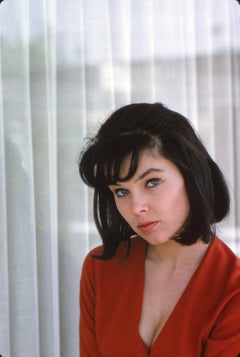
What makes Craig’s performance still resonate today is how authentic it felt. Even in a series as campy and colorful as Batman, she grounded Batgirl in a reality that transcended the “pow!” and “zap!” comic panels flashing across the screen. She gave Barbara Gordon a sharp mind and a confident voice, ensuring she was never overshadowed by the male leads. Viewers didn’t just watch Batgirl — they believed in her.
Yvonne Craig herself never resented being remembered most for Batgirl. In fact, she embraced it, knowing the character had meant so much to so many. She once joked that while she had acted in many other roles throughout her career, it was Batgirl who truly put her “on the map of the universe.” For an actress who began as a ballet dancer in Texas, that was no small feat.
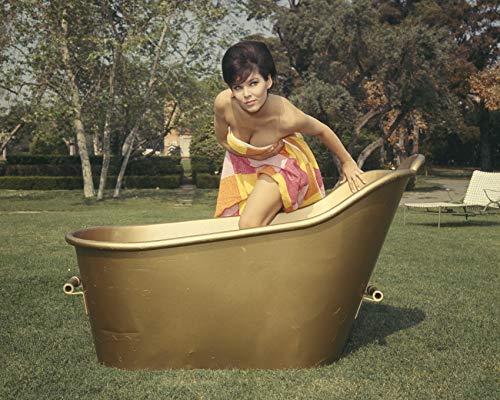
Her passing in 2015 was met with an outpouring of tributes, not just from fans of the 1960s Batman, but from generations of women who had grown up seeing Batgirl as one of their first on-screen heroines. Many wrote about how Craig’s performance had inspired them to pursue careers in law enforcement, science, education, and activism. Others simply remembered the joy of watching a woman take the lead in a world where men usually held all the power.
The truth is that Yvonne Craig’s legacy is much larger than a single role. She changed perceptions, pushed boundaries, and proved that representation matters long before the phrase became a cultural talking point. By strapping on that cape and stepping into the fight, she didn’t just entertain audiences — she empowered them.
So the next time someone claims women can’t lead a franchise, command a screen, or change a narrative, remind them who truly lit up the Bat-Signal first. Spoiler alert: it wasn’t Batman. It was Yvonne Craig, the original Batgirl, who showed the world that strength, smarts, and spirit belong to women just as much as to men.
And she did it in purple spandex.
